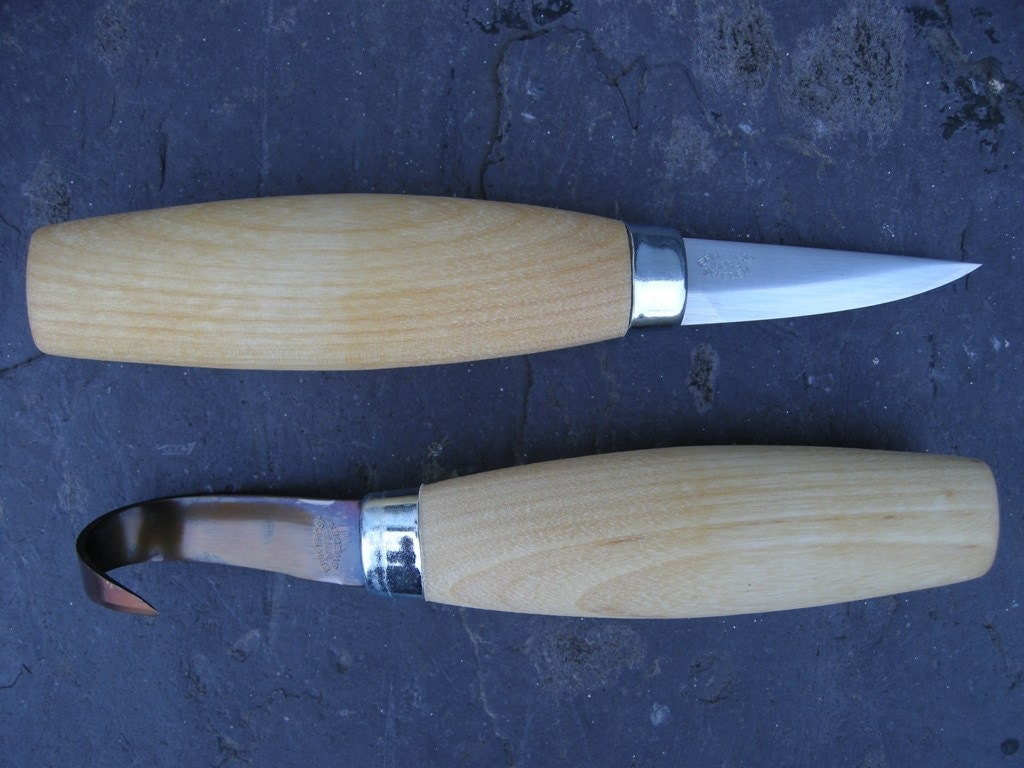The rough tongue of Comet the calf can be so eager in its pursuit of milk that the teats can be rubbed raw and bleeding. They heal quickly but if they are painful Hailey lets me know by lifting her foot. Soon after we started milking there were regular sore points but this soon settled down. The scab on her near front teat could have come from the Comet or from any sharp object Hailey sat on or rubbed against.
Side view of Hailey's udder
The two front teats are a fine size but have never been favoured by Comet. She likes to stand behind her mother and suck on the rear two. So these two teats don't yield that much. While they are full of milk I can use my whole hand evenly and squeeze the milk down.
The rear view of Hailey's udder
Viewed from the back you can see that Hailey's rear teats are very different in size. If she was a commercial cow a difference like this might see her culled but as our house cow we just have to work around it. As Hailey can only be accessed from one side due to the location of the stanchion, the small teat is always at the back. With the bucket wedged between my knees I have to reach under and angle this teat so that the milk squirts into the bucket. It being so short I can only get two fingers around it so the technique is different. When it works it is fine but it is easy to end up with the jet squirting into my hand and dripping rather than squirting.
Milking a cow by hand does not seem hard to learn. Trial and error through repetition and adaptation has been my way of perfecting my technique. Being able to milk a cow is one of the experiences we would like to offer visitors to Opportunity Farm. Hailey is a calm and friendly cow who has been handfed all her life, but milking her would certainly be easier if the teats were the same size.


















